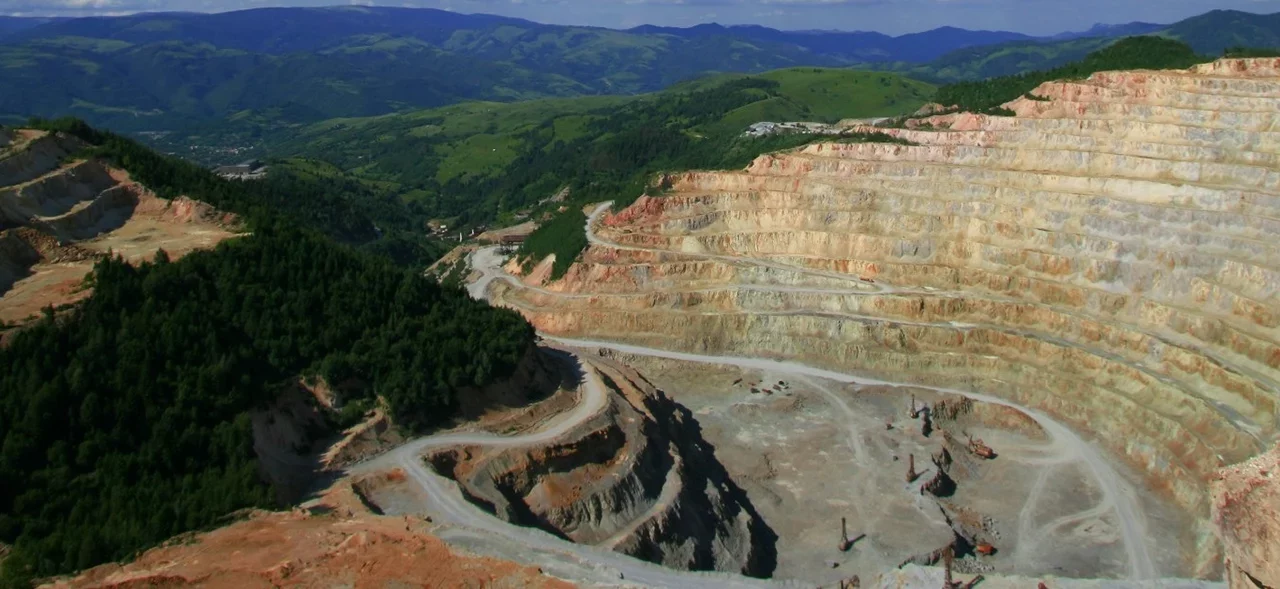Goldflare produces new targets on Goldfields
Goldflare Exploration inc. (TSXV : GOFL) (“Goldflare” or “the Company”) is pleased to announce a follow up in the extension of the Goldfields gold zone, […]
Press release (pdf) At Goldflare, we believe that innovation, respect for the environment and commitment to our stakeholders are the pillars of long-term success.

Canada
Quebec
Goldflare intends to continue its mission of exploration and development, either independently or in partnership.
Our properties are selected according to :
All our properties are located in Québec (Canada).
| Name | % owned | Area (ha) | Nb. of claims | Access Type | Location | Royalties (%NSR) |
|---|---|---|---|---|---|---|
| * Goldfields | 100 | 253.85 | 6 | Aerial, Winter road | Rouyn-Noranda | 2 |
| * Destorbelle | 50 | 950.47 | 24 | Paved, Winter road | Rouyn-Noranda | 2 |
| * Syenite Condor | 100 | 657.52 | 20 | Winter road | Rouyn-Noranda | 1.5 |
| * Ranger | 100 | 1105.53 | 39 | Paved | Rouyn-Noranda | n.a. |
| Windfall | 100 | 1373.17 | 32 | Winter road | La Tuque (south) and Eeyou Istchee Baie-James (north) | n.a. |
| Duplessis-Agar | 100 | 560.59 | 10 | Paved | Eeyou-Istchee, Baie-James | 1 |
| Duplessis-Mountain | 100 | 336.87 | 6 | Winter road | Eeyou-Istchee, Baie-James | 1 |
*Goldfields group